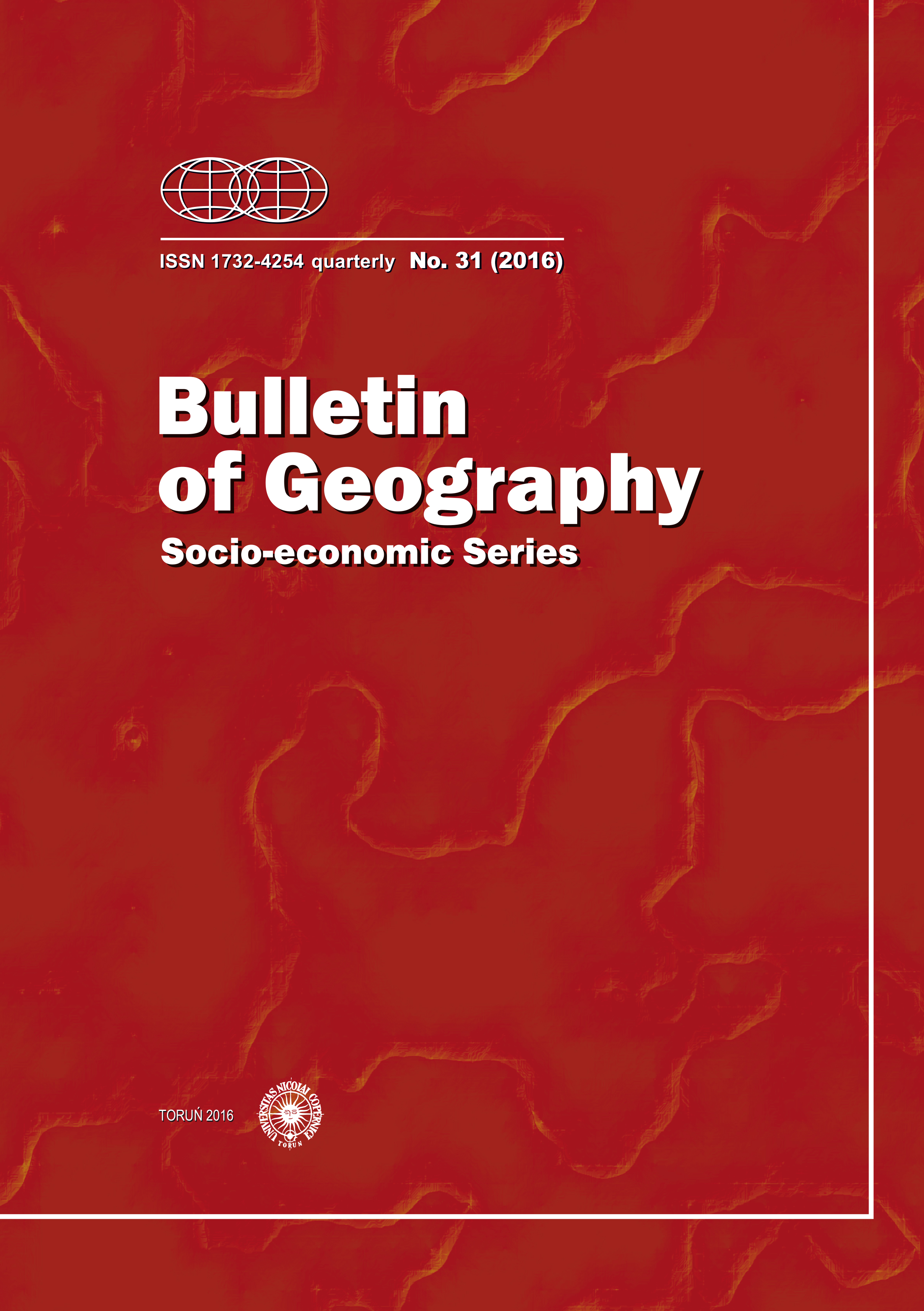Differentiation of reproductive behaviour of the population of Kraków Metropolitan Area in the light of survey research
Differentiation of reproductive behaviour of the population of Kraków Metropolitan Area in the light of survey research
Author(s): Jadwiga Gałka, Sławomir Kurek, Mirosław WójtowiczSubject(s): Economy, Geography, Regional studies, Human Geography, Regional Geography, Socio-Economic Research
Published by: Wydawnictwo Naukowe Uniwersytetu Mikołaja Kopernika
Keywords: reproductive behaviour; suburbanization demography; Krakow Metropolitan Area; fertility; second demographic transition
Summary/Abstract: Metropolitan areas are the poles of economic growth of regions and countries. These areas are characterized by specific development cycles, which are related to the direction of population migrations. Accordingly, there is a phase of urbanisation, suburbanisation, disurbanisation and re-urbanisation. Studies show that most Polish metropolitan areas are undergoing the process of suburbanisation, which means the movement of population from the central city to its suburban area. This process entails a number of demographic, social and economic consequences. One of the main demographic consequences of suburbanisation is the change in the structure of the central city and its suburban area. The reason for this is the fact that migrations from the centre are usually undertaken by young people. Thus, the number of inhabitants of the central city declines and the population is ageing. Migrants from the city bring new patterns of social and demographic behaviour, which may be shown in, among others, the tendencies of indigenous people to change the traditional family model. This paper attempts to determine the reproductive behaviour patterns of the population of the Krakow Metropolitan Area (KMA) in the light of the survey. The surveys were conducted in selected KMA municipalities in 2013. The analysis of qualitative data, divided into two categories of respondents: immigrant and indigenous inhabitants, will give an answer to the question, what are the reproductive attitudes of the population and how they may affect the further development of these areas?
Journal: Bulletin of Geography. Socio-economic Series
- Issue Year: 2016
- Issue No: 31
- Page Range: 45-57
- Page Count: 13
- Language: English

